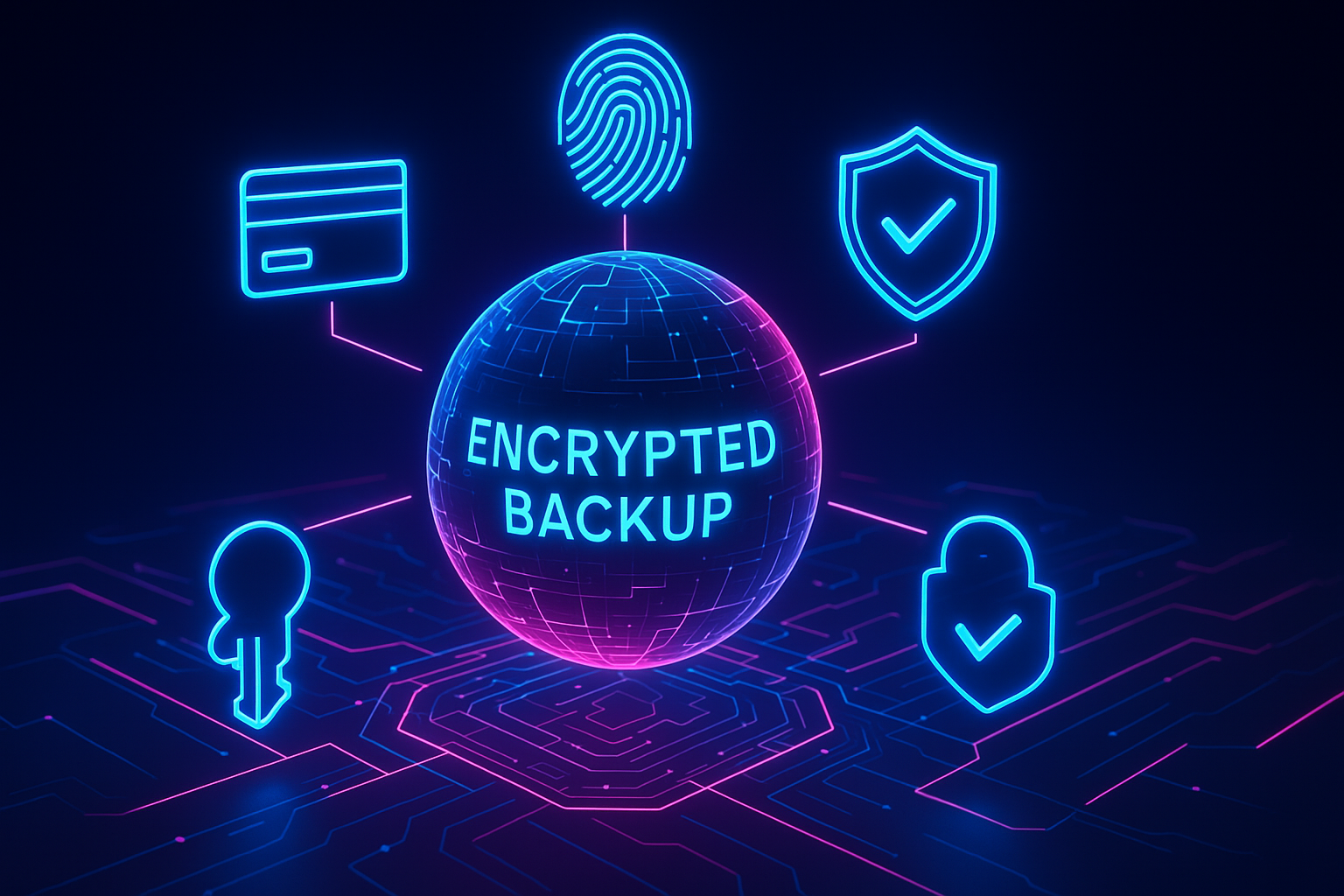In 2021, accelerated remote work and hastened cloud migration have turned the focus to DevOps.
It has catapulted the need for an improved DevOps strategy in 2021 from being a best practice to play a central role in identifying new patterns and uncovering additional revenue streams.
So how can you leverage DevOps automation to support your digital transformation initiatives?
We reveal the winning Salesforce DevOps strategy, let's dive in.
What is DevOps?
DevOps is about the people involved. It promotes coordination between the team building the product and those that are maintaining your app.
DevOps also governs the policies around the environment, deployment, practices, and tools so that the project is delivered efficiently. When it comes to DevOps, technology isn't the hardest part; it's the processes and the cultural changes that are the key to DevOps' success.
Why DevOps for Salesforce?
DevOps for Salesforce enables you to operate Salesforce at scale.
With the massive adoption of the Salesforce platform across industries, enterprises are turning to Salesforce DevOps Solutions to create a competitive differentiation in their market.
In turn, that demands an increase in the innovation velocity or the speed at which you get the innovations out of the production orgs and into the hands of the user quickly, while simultaneously increasing the level of quality, experience, and trust of the innovation delivery.
Achieving this requires a well-thought Salesforce DevOps strategy that has a short feedback loop across planning, testing, deploying, releasing, with real-time monitoring and agile improvisations.
And since there is no structured release process built within Salesforce, dev teams often face challenges such as identifying and managing, merging the conflicts, version control, keeping sandboxes in sync while at the same time getting the growing development team on the same page can be a lot to handle for your Salesforce dev team.
The need to add a layer of security and compliance to the innovation delivery cycle to meet the ever-growing threat of cybersecurity and ransomware makes DevOps strategy critical to the success of your Salesforce enterprise.
What Benefits Does Salesforce DevOps Strategy Bring?
You need to have the right tools for the job.
Thus, integrating DevOps and CI (continuous integration) in an automated process that allows developers to push changes out continuously results in seamless faster releases and fewer bugs.
Reducing manual deployments and freeing the developer's time so they can focus on higher-quality tasks are some of the major benefits.
This broadly means that your business and developers can both have more confidence in deploying software.
Broadly, the benefits include:
- Faster delivery time
- Better collaboration between teams
- More secure and stable releases
- Early defect detection
- Continuous release and deployment
- Optimize salesforce performance
A Winning Salesforce DevOps Strategy for 2021
A successful strategy requires you to tap into emerging trends and well prepared to meet challenges.
We reveal the top three emerging DevOps trends and challenges and how Flosum can be the linchpin to take your Salesforce enterprise to the next level of success.
Emerging DevOps Trends
- Infrastructure as Code
A core tenet of DevOps in the cloud, Infrastructure as Code (the management of computers, databases, and other assets as code whether they are located in the cloud or on-premise) allows a company to automate and simplify its infrastructure.
With tools like Hashicorp, Terraform and AWS Cloud formation, teams can remove manual interaction with systems and truly create reusable building blocks of infrastructure.
It helps provide a clear source of record, ephemeral architecture, seamless cloud-native adoption, and drive high efficiency during the entire software development cycle.
- Edge Computing
Gartner defines edge computing as "a part of a distributed computing topology in which information processing is located close to the edge - where things and people produce or consume that information." Considered to be the next destination for cloud computing, edge computing is likely to gather steam as demand for better performances and innovation grows.
- DevOps Evolves Into DevSecOps
Cloud-native security will gain prominence with the security-first approach to the DevOps process. As a real '�security shift left' approach becomes the norm, DevSecOps will integrate security and compliance into development pipelines for quick detection of vulnerabilities and bugs in code
Top 3 Salesforce Native Deployment Tools & Challenges
Truth be said in one sentence - Salesforce deployments are a pain!
Salesforce developers and solution architects find it frustrating that the platform does not have a powerful set of deployment tools.
There are three major Salesforce native deployment tools include Salesforce Change Sets, ANT, and Metadata API. However, these present significant deployment challenges for the DevOps team.
- Delivery Chains can't be maintained
Secondly, since the delivery chain can't be maintained, i.e. they are independent and there is no chain or no track between them, you cannot use your existing changesets. Instead you have to build a new changeset from scratch and again deploy it to the UAT.
For instance, if you have three environments: Dev, QA, and UAT, and you are deploying a certain package from dev to QA, you will need to build a changeset and once it is deployed and tested, you'll have to move it upstream (that is UAT) but at that time, you will not be able to use your existing changesets. Instead, you will have to build a new changeset from scratch.
Moreover, Salesforce Changesets are clunky and despised by Salesforce developers since they neither comply with the modern software deployment practices nor provide robust risk analysis while also increasing the deployment time.
- Rollbacks are not possible
Thirdly, back deployments or rollbacks are not possible in native deployment tools and you simply can't undo them!
For instance, suppose you have developed a solution and the client has either updated their requirement or requested to partially hold off the requirement or probably some bugs are occurring in the higher environments.
In such cases, to ensure that your external users don't get affected, you have to undo all the changes on your target org. While earlier, before DevOps, you would have to manually and delete all those codes and redeploy the previous checkpoint state of that target org, now, with DevOps, you have one-click rollback.
- Component Changes are hard to track
Finally, native deployment tools also make it a significant challenge to track component change.
So, in the case of a specific component being deployed three times, you would not know what changes have been executed in which deployment, all you have is the last version of the deployment.
How Flosum Can Help?
Flosum is an all-in-one DevOps solution that is 100% native to Salesforce.
This means that whatever the data or code that you have built will not be moved out of your Salesforce Org and there will be no external intervention or third-party tool that gets backdoor access to your org or data.
It offers a complete end-to-end solution from ideation to retirement. Flosum features full integration with Salesforce DX and Scratch Orgs.
Curious to know more about how Flosum establishes a continuous customer feedback loop and improves the quality of the application and your business agility?
Trust Flosum to supercharge your Salesforce Devops strategy and accelerate your success.
Thank you for subscribing








